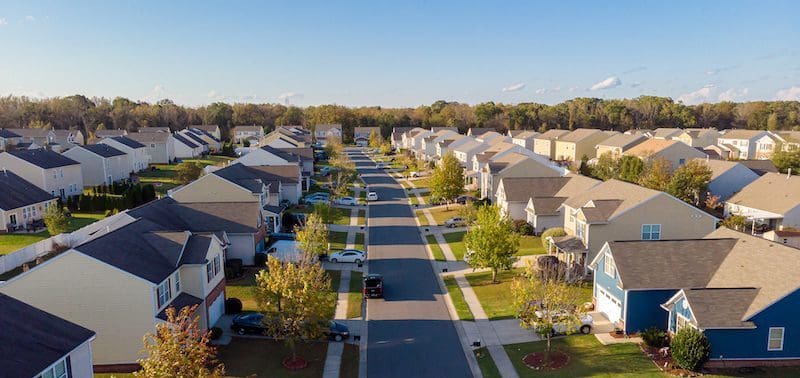New Home Market Update

There’s an interesting dynamic in the housing market where the improvement in demand seen so far in 2023 is celebrated by the homebuilding community but is carefully watched by policymakers trying to get inflation under control. The Federal Reserve is enacting restrictive policy to intentionally slow the overheated economy, and the housing market is a core part of that.
So far, the majority of builders report a stronger than expected start to the year. There are pockets of outperformance where some communities are exceeding sales seen at the beginning of last year, but the majority remain well below the feverish levels seen in 2021 and early-2022.
This uptick in demand is captured in Zonda’s New Home Pending Sales Index (PSI) for January. The PSI was down 5.8% month-over-month when seasonally adjusted but up 4.3% when non-seasonally adjusted. Put simply, this is telling us that sales rose nationally in January but not to the same extent as would be expected given the time of year.

“It has felt like we’ve experienced data whiplash over the past few months as new economic and housing stats have been released,” said Ali Wolf, Zonda’s chief economist. “It’s hard to see the uncertainty clearing anytime soon, so we recommend going back to the basics of understanding market resilience, local supply and demand dynamics, and consumer preferences to guide future developments.”
Sales activity ticked up but less than the traditional seasonal improvement
Zonda’s new home sales metric counts the number of new home contract sales each month and accounts for both cancellations and seasonality. This metric shows there were 498,214 new homes sold in January on a seasonally adjusted annualized rate. This was a decline of 6.1% from last month and a drop of 37.5% from a year ago. On a non-seasonally adjusted basis, 40,112 homes were sold, 39.5% lower than last year but up 2.1% from December 2022.
Some markets appear to have stabilized
Total volume is down due to both supply and demand. Zonda’s New Home Pending Sales Index (PSI) was created to help account for fluctuations in supply by combining both total sales volume with the average sales rate per month per community. The January PSI came in at 90.6, representing a 43.0% decline from the same month last year. The index is currently 48.0% below cycle highs. On a month-over-month basis, seasonally adjusted new home sales decreased 5.8%. Similar to total volume, the PSI ticked up on an unadjusted basis, climbing 4.3% from December 2022.
- The PSI failed to grow in any of the select markets year-over-year, but Baltimore was again the strongest performer.
- The metros that performed the worst year-over-year were Phoenix (-64.4%), Las Vegas (-62.9%), and Denver (-62.8%).
- On a monthly basis, Cincinnati, San Antonio, and Austin were the best performing metros. Cincinnati increased 0.7% relative to last month, while San Antonio and Austin were down 0.3% and 1.5%, respectively. Note, these percentages are seasonally adjusted.
